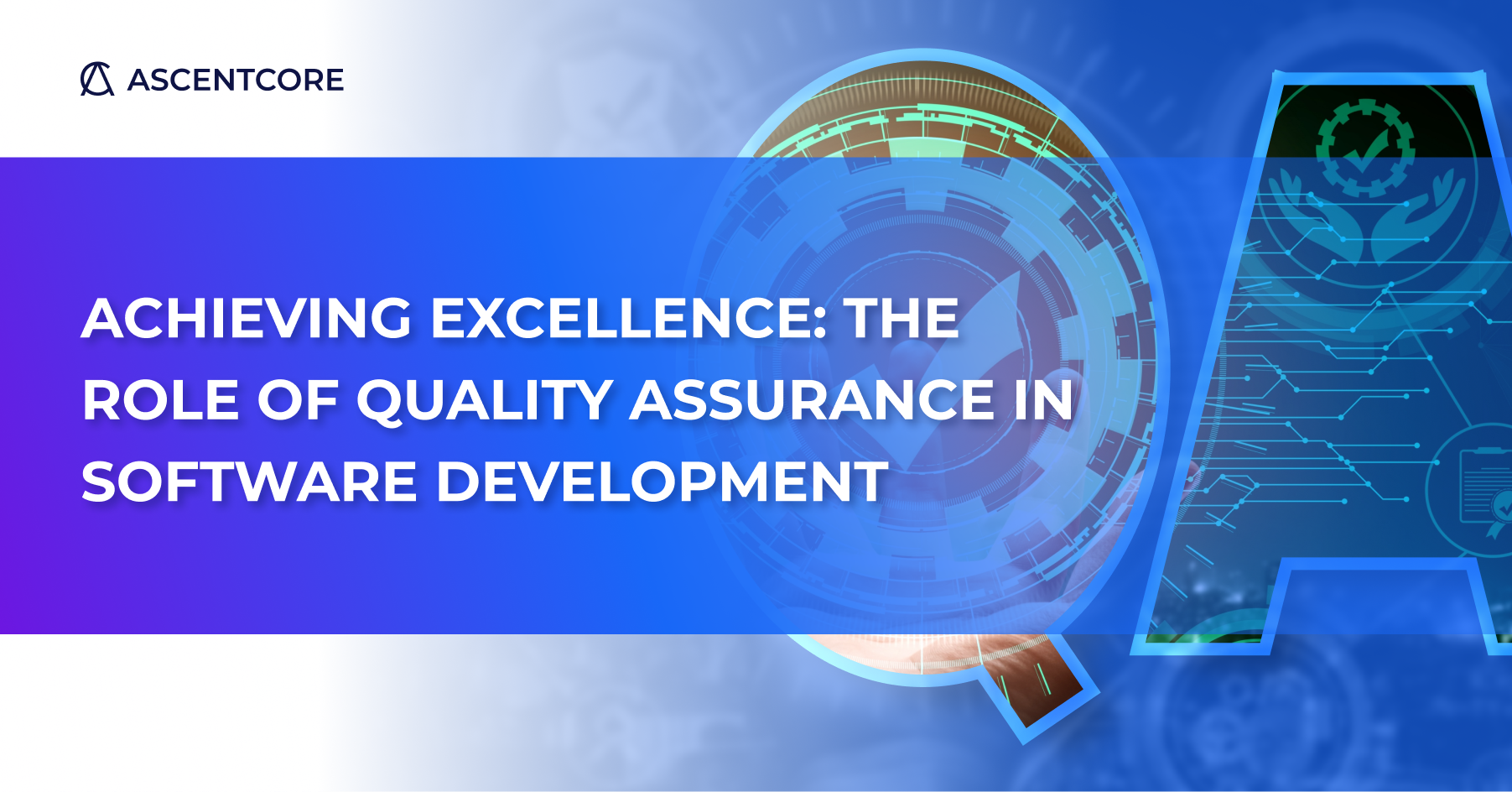Quality assurance in software development is crucial for delivering high-quality products that meet or exceed user expectations. From the initial planning stages to final deployment and maintenance, a robust QA process ensures a successful product. Let’s explore the key functions of QA, its impact on the development process, and best practices for integrating QA effectively.
Introduction
In the fast-paced world of software development, the importance of delivering high-quality products cannot be overstated. Quality assurance (QA) plays a pivotal role in ensuring that a product meets the required standards and functions as intended.
What is Quality Assurance?
Quality assurance in software development is a systematic process designed to determine whether a product or service meets specified requirements. Unlike Quality Control (QC), which focuses on identifying defects in finished products, QA focuses on preventing defects during the development process. QA processes can include requirement analysis, test planning, test case development, test execution, and continuous improvement.
The Role of Quality Assurance in Software Development
QA is a process that must be integrated into the entire lifecycle of development – from the beginning to the middle to the end – to ensure a high-quality product. Here are just a few examples of how and when QA can play a critical role in the development lifecycle:
- Early detection of issues: Integrating QA early in the development lifecycle helps identify and address potential problems before they become more significant issues. This proactive approach can save time and resources, reducing the cost of fixing bugs later in the process.
- Improved product quality: QA ensures that the product meets the required standards and functions as intended. By rigorously testing the software, QA teams can identify and rectify defects, leading to a more reliable and robust product.
- Customer satisfaction: High-quality products result in better user experiences, leading to increased customer satisfaction and, ultimately, a successful product. QA helps ensure that the final product meets or exceeds user expectations, which is crucial for maintaining a positive reputation in the market.
- Compliance and standards: Many industries have specific regulations and standards that products must adhere to, and QA can help ensure that a product complies with these requirements, avoiding potential legal issues and ensuring market readiness.
- Risk management: QA helps in identifying potential risks and vulnerabilities in the product. By addressing these issues early, organizations can mitigate risks and prevent potential failures or security breaches.
Key Phases of Quality Assurance in the Development Lifecycle
The QA process involves multiple activities. Let’s explore some of the key components of the process:
- Requirement analysis: QA begins with understanding and analyzing project requirements. This phase ensures that the requirements are clear, complete, and testable. It also helps in identifying potential gaps or inconsistencies early on.
- Test planning: During this phase, the QA team develops a comprehensive test plan outlining the testing strategy, scope, objectives, resources, schedule, and deliverables. The test plan serves as a roadmap for the entire testing process.
- Test case development: QA engineers create detailed test cases based on the requirements and design specifications. These test cases define the inputs, actions, and expected outcomes for each test scenario, ensuring thorough coverage of the product.
- Defect reporting and tracking: Any defects or issues identified during testing are documented, reported, and tracked using a defect management tool. The development team then works on resolving these issues, and the QA team verifies the fixes.
- Regression testing: After fixes are implemented, regression testing ensures that the changes have not introduced new defects and that the existing functionality remains intact. This phase is critical for maintaining product stability.
- Final validation and verification: Before the product is released, final validation and verification ensure that all requirements have been met and the product is ready for deployment. This phase includes user acceptance testing and beta testing.
- Continuous improvement: QA doesn’t end once a product is released. It’s important that QA is an ongoing process that continues after product release – and beyond. Gathering feedback, analyzing defects, and implementing improvements help enhance the product’s quality over time.
Best Practices for Effective Quality Assurance
There are many ways to approach QA, some more effective than others. Here are just a few best practices to keep in mind when developing and implementing QA.
- Integrate QA early: Incorporate QA activities from the beginning of the development lifecycle to identify and address issues early.
- Automate testing: Utilize automated testing tools to increase efficiency, reduce manual effort, and ensure consistent test coverage.
- Adopt agile practices: Implement agile methodologies to facilitate continuous testing, feedback, and improvement.
- Collaborate and communicate: Foster collaboration between QA, development, and other teams to ensure clear communication and alignment of goals.
- Focus on the user experience: Prioritize testing scenarios that mimic real-world usage to ensure a positive user experience.
- Invest in training: Provide ongoing training and development for QA professionals to keep them updated with the latest tools, techniques, and industry trends.
QA is a Must-Have
Intentional and strategic QA is a vital component of the development lifecycle, ensuring that products are reliable, functional, and meet user expectations. By integrating QA processes early and continuously throughout the development cycle, organizations can deliver high-quality products that satisfy customers and stand out in the competitive market. Embracing best practices in QA not only enhances product quality but also drives overall project success.



